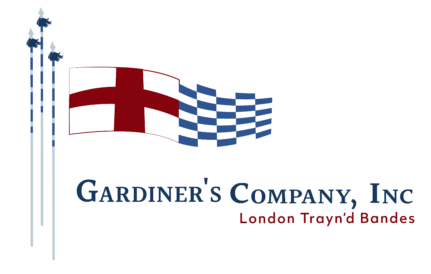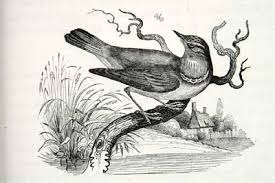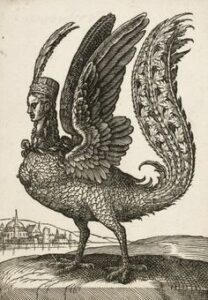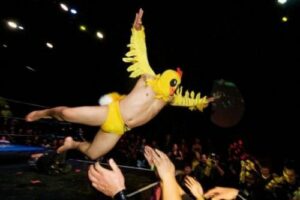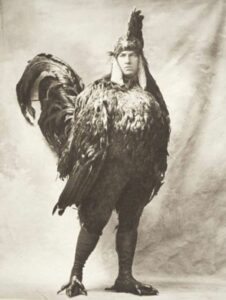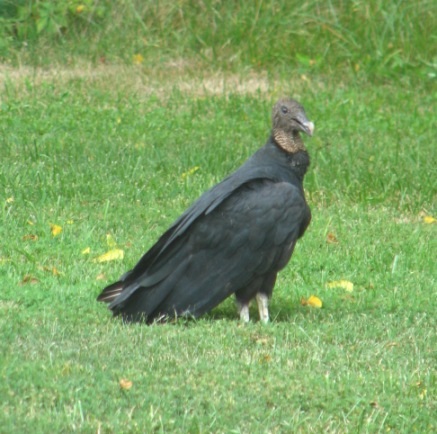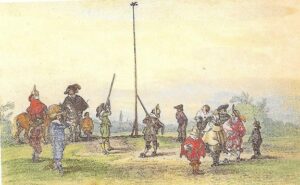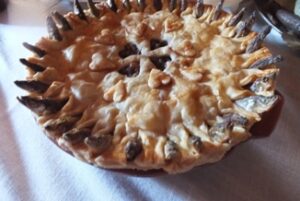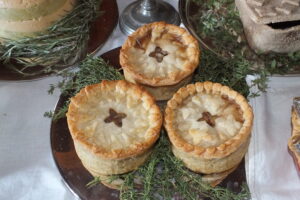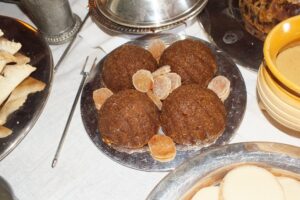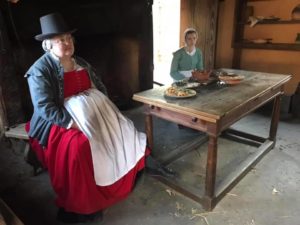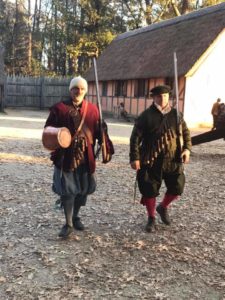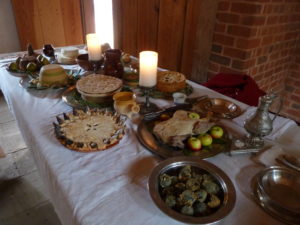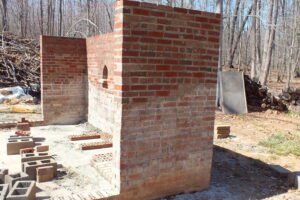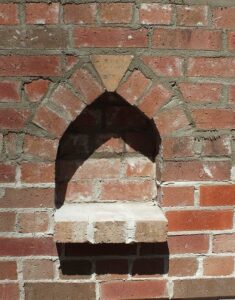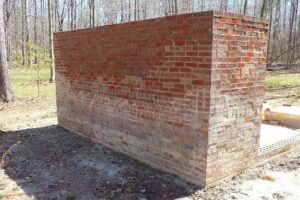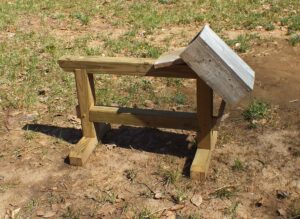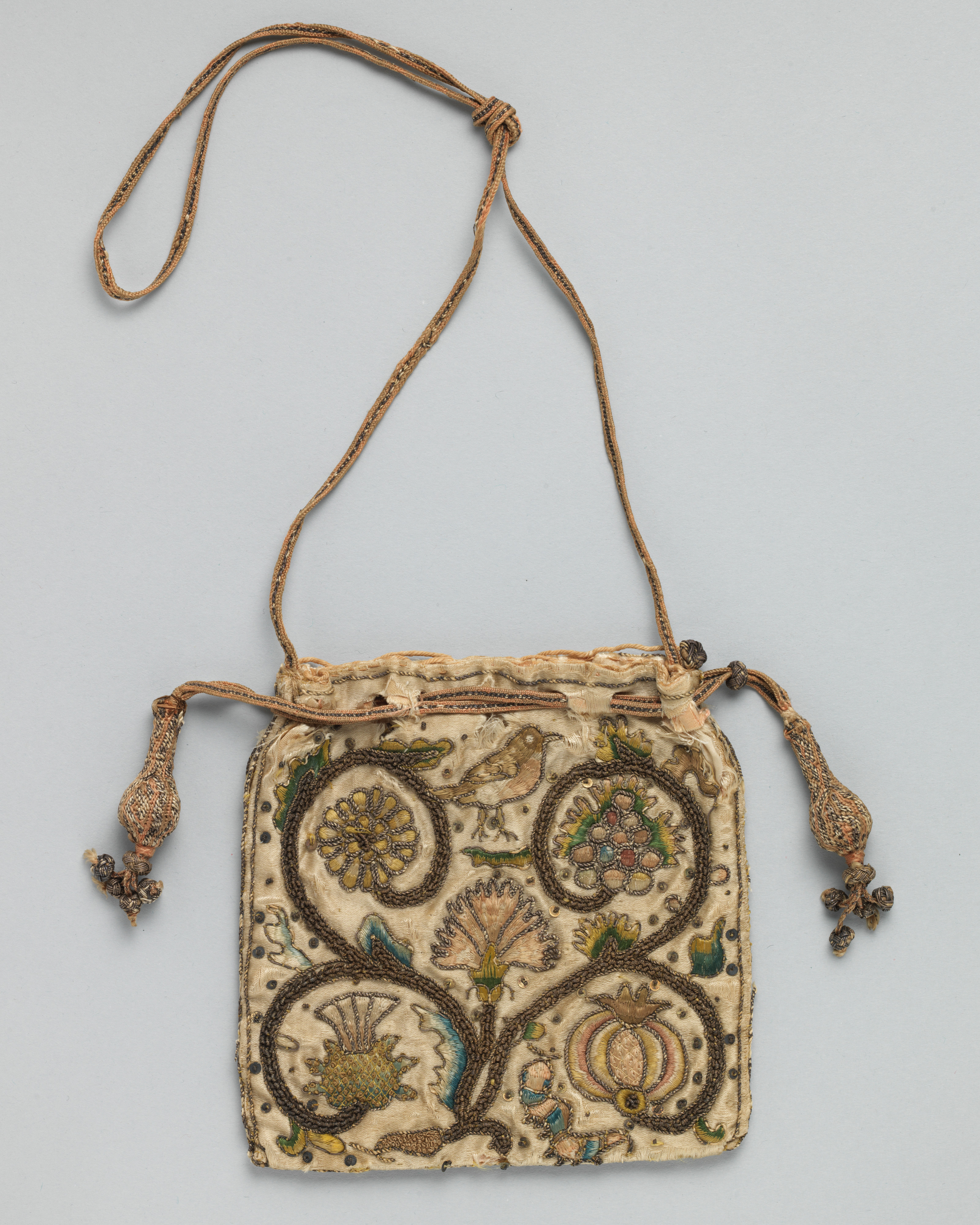Timeline 1596-1597
*For all to enjoy, and use as conversation starters at Muster:
1596
– A flush toilet is illustrated in an English pamphlet, The Metamorphosis of Ajax by John Harrington.
– The Swan Theater opens in Paris Gardens, Bankside.
– 1596 began a three year span of bad harvests that ended in 1598.
– Jan. 27 – Francis Drake dies.
– Feb. 14 – Archbishop of Canterbury John Whitgift begins building his hospital and school at Croydon (completed in 1599).
– March 23 – Henry Unton, diplomat, dies.
– April 9 – Siege of Calais, Spanish troops capture Calais.
– June 30-July 4 – – English troops commanded by Robert Essex sack Cadiz.
– July 23 – Lord Hunsdon dies; Lord Cobham appointed Lord Chamberlain.
October 18 – “Second Armada”, a Spanish fleet sent to attack England in revenge to the raid on Cadiz, is wrecked in storms near Cape Finisterre, Spain.
– November – 34 residents of Blackfriars sign a petition asking the Privy Council to stop Burbage’s rebuilt Blackfriar’s theater from opening.
– November 21 – Bartholomew Steer attempts to launch a rebellion on Enslow Hill in Oxfordshire.
– Sidney Sussex College, Cambridge is founded (classes begin in 1598).
1597
– The Vagabonds Act 1597 in Parliament (39 Eliz. c. 4) introduces penal transportation as a punishment for the first time.
– Ben Jonson is arrested for staging The Isle of Dogs at the Swan Theater.
– Feb. 2 – James Burbage dies.
– (early) – First Quarto editions of Richard III, Richard II, and Romeo and Juliet published.
– March – Lord Cobham dies.
– probable first performance of Shakespeare’s Merchant of Venice.
– April 23 – Probable first performance of Shakespeare ‘s The Merry Wives of Windsor.
